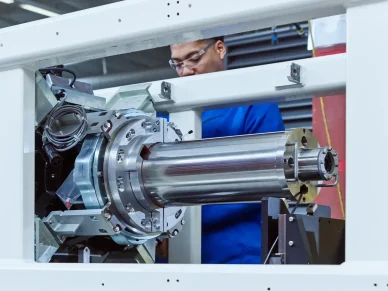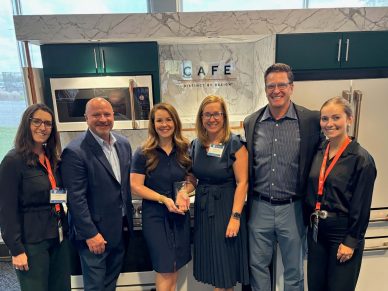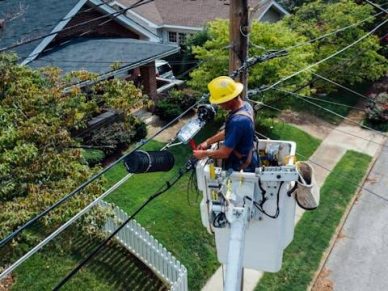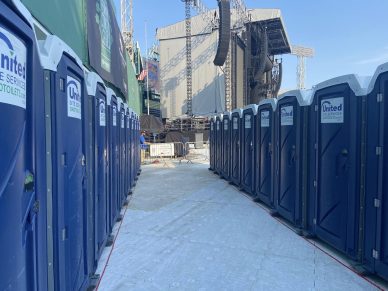View This Article in BOSS Magazine
For the Pregeant family, owners of Grand Isle Shipyard, connection is the key to a 75-year tradition of excellence
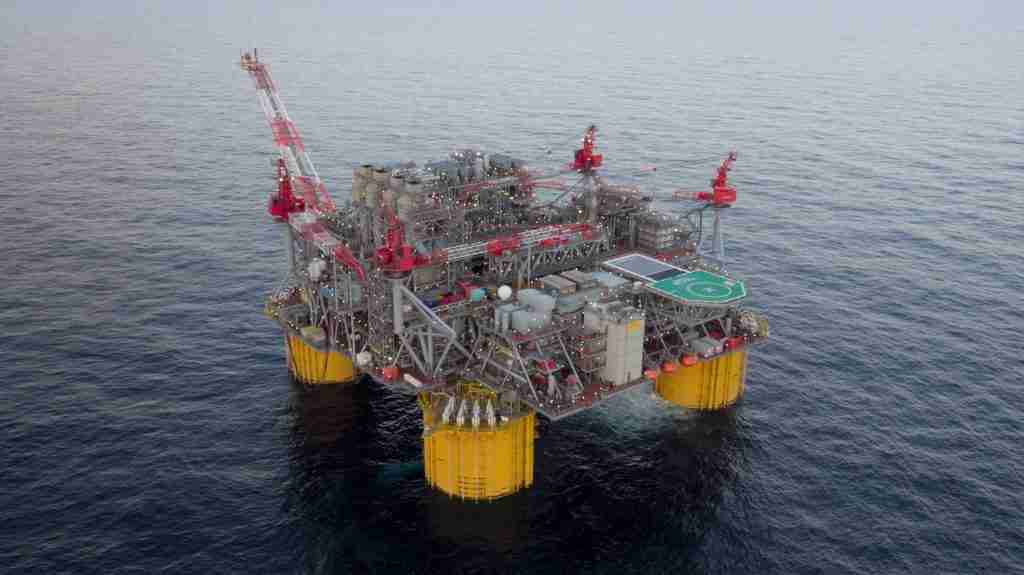
What’s the best way to build a legacy? There are as many answers to that as there are business leaders, but for the dynasty behind Grand Isle Shipyard (GIS), it all comes back to devotion. An unflagging dedication to family over fortune, powered by the drive to always do the right thing, has inspired four generations of Pregeants to serve the energy industry with the kind of insight, foresight, and wholehearted enthusiasm that’s the envy of family-run firms everywhere. (If it’s not, it should be.)
Founded in 1948 by Clyde Pregeant Sr. in Grand Isle, La., GIS has grown into a formidable one-stop-shop service provider for the energy and infrastructure sectors. They play in the upstream, midstream, and downstream oil and gas, renewables, power, and critical infrastructure niches.
Today’s GIS is composed of three entities: GIS, providing field execution expertise for greenfield and brownfield projects, operations and maintenance services, and demo services for end of life assets in the upstream oil and gas, power, and renewable sectors; Blanchard Industrial, providing field execution expertise for greenfield and brownfield projects, operations and maintenance services, and demo services for end of life assets in the downstream and midstream oil and gas sectors; and GIS Engineering, which provides technical engineering and surveying in all the sectors they serve.
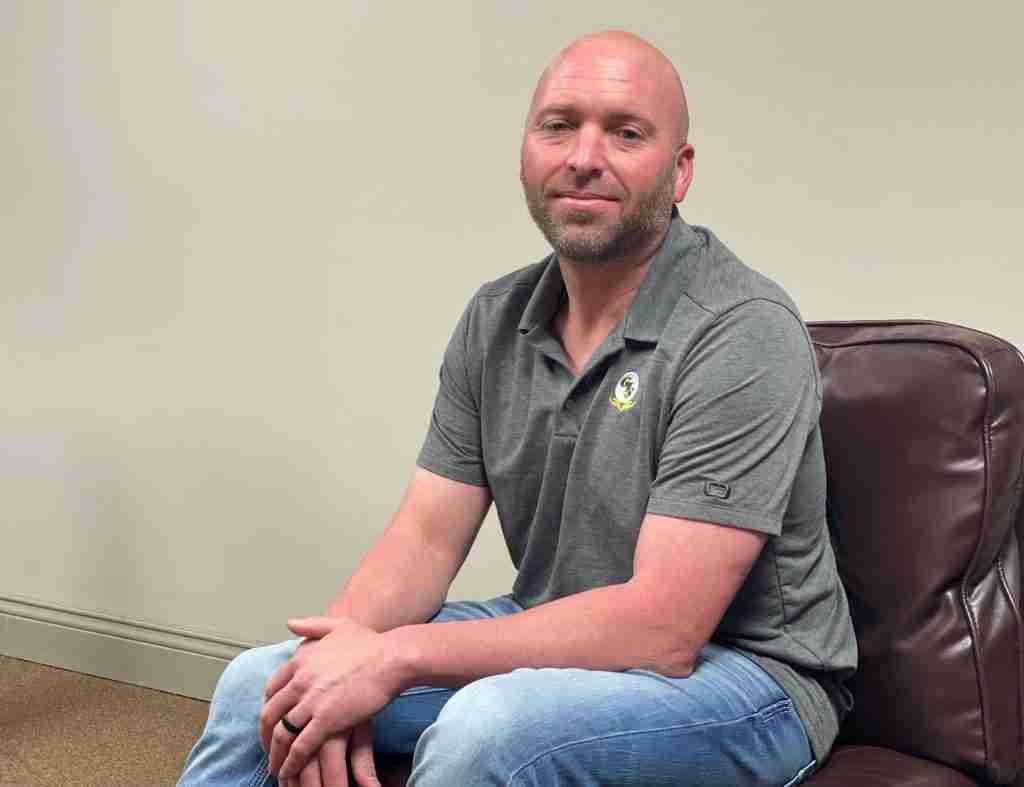
Mark Pregeant II
At the three-quarter-century mark, GIS boasts nearly 3,000 team members working across 18 different states and four countries in 21 strategic locations, operating 20 distinct service lines. “We pride ourselves in putting our people first,” said current CEO and fourth-generation leader of the family business, Mark Pregeant II. “I personally believe that is the primary reason we have been so successful for the past 75 years. Although we are a sizeable company, we maintain a small, intimate, family atmosphere.”
Mark II joined the company as a teen in the summer of 1999. GIS was much smaller then, employing about 400 people and running a handful of facilities and service lines, the biggest of which were the offshore construction and onshore fabrication divisions. At the time, the company’s main facility was on the tiny barrier island of Grand Isle, a town of roughly 1,200 residents. “You knew everyone, and truly most people were actually family members,” he said.
He officially joined GIS full time in 2003, working for his father, Mark Sr. In the years that followed, GIS turned over three times, providing a learning experience like no other. The company had stayed entirely in the Pregeant family from its founding until 2008, when, with the second generation of Pregeants ready for retirement, they decided to bring on an equity partner to take on the majority of the business. “We gained a wealth of knowledge in banking, financing, strategic planning, and budgeting as that equity team came in to help us,” he recalled.
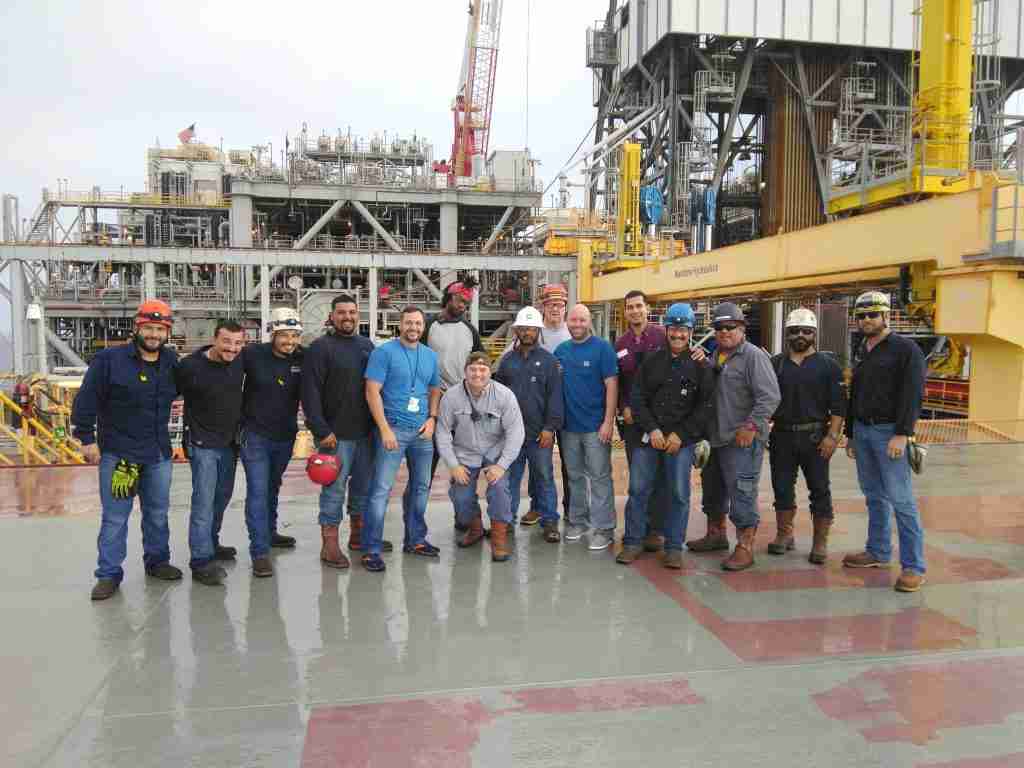
In 2012, GIS became part of a larger conglomerate in a sale to an Alaska Native Regional corporation. The vicious industry downturn of 2016-17 presented the family with a chance to reclaim the company, and in September 2017, the Pregeants, the Chouest family of Edison Chouest Offshore, and some of the company’s employees bought GIS back.
The partnership with Chouest (ECO) has been successful beyond their imagination, especially when it comes to positioning themselves for future growth. ECO’s core businesses of marine vessels, shipyards, ports, logistics, subsea intervention, and world class technological advances gives GIS’s portfolio companies competitive advantages unlike other solution providers in the space.
“It has been an amazing journey to get back under family ownership. But as we have grown and evolved into different regions, service lines, or ownership structures, we have always identified the best people, recruited them, kept them happy, and valued what they brought to the table each and every day,” Mark II added, noting that the true sustainable business success lies with their people. “Our lights don’t come on, our vehicles don’t run, and our equipment doesn’t start without having the best people in the industry and making sure they feel valued.”
Love, Sweat, and Tears
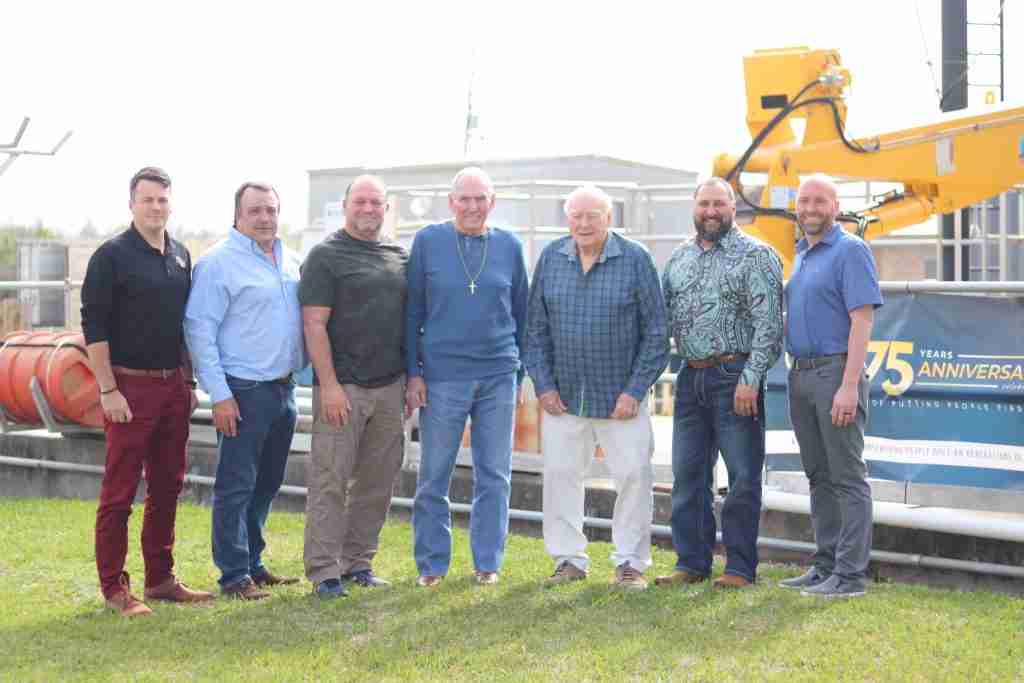
Mark’s grandfather, Robert “Bobby” Pregeant is one of the company's second-generation owners along with his brother Clyde Jr. At 83, Bobby has seen his family’s business blossom from a staff of about eight people to the thousands that depend on GIS for their livelihoods today. “We had a slow start. We had a couple of tough times, a couple of tough years but we made it,” he said, displaying what seems to be the Pregeant gift for understatement. “Then we grew it a little bit. Then my son took it and grew it a lot, and now my grandson has been leading and it's really grown even further.”
Bobby’s son Mark Sr., Mark II’s father, was leading the company when he passed away suddenly in 2019. The surviving Pregeant clan carries his spirit, and his loss is deeply felt. “My son was a little more adventurous than we were and took chances that we didn’t.” Bobby recalled. “Now my grandson’s learned from his dad and he's doing very well, carrying on where his dad left off.”
As a result of recent merger and acquisition activity, GIS growth soared off the charts in 2022 with an eye-popping 40% gain. Ever mindful of the perils of scalability, the firm’s future goals are more in the realm of 15 to 20%.
“In this business, the highs are real high, and the lows are real low,” Bobby mused. “I'm glad we stuck with it. We have a large family now, and I think everybody's really happy that we stuck with it rather than going to work for somebody else.”
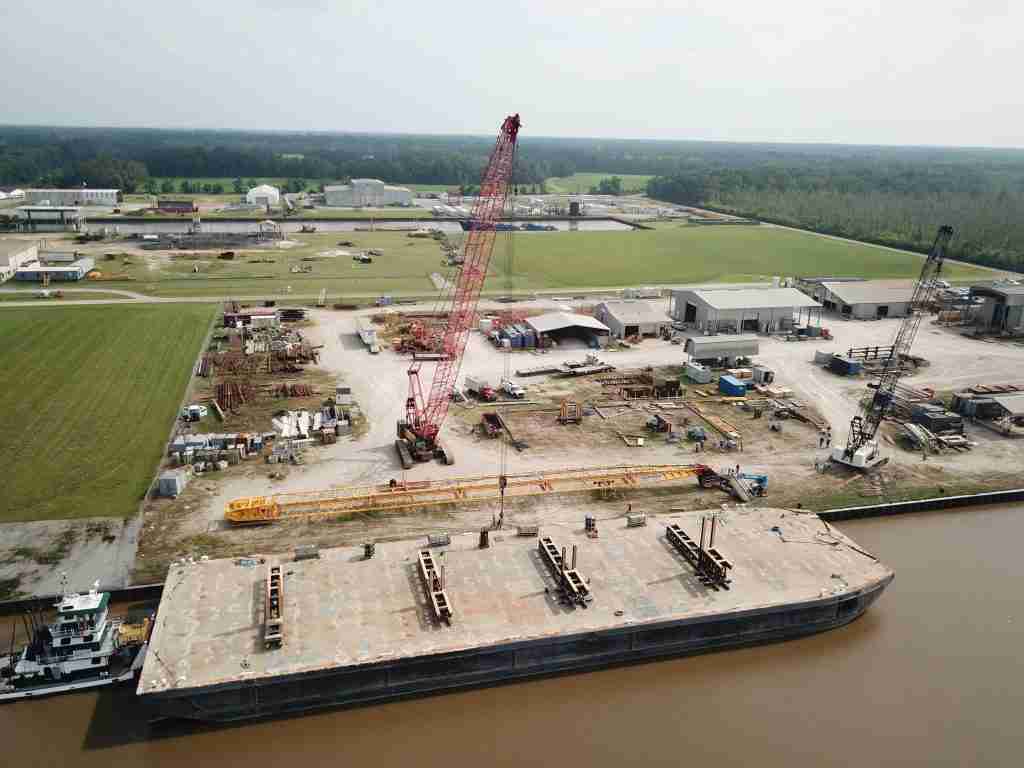
Clyde Jr., whose sons Bryan and Brad are still involved with GIS, noted the importance of ethics in the company’s accomplishments. “Character and principles and values matter. My father and the people that were around him at the time had all of those things, and they passed them on to us, and that's where we are today,” he said. “We're building on the foundations they laid. And we're going to continue to build with the people who are coming after us. I have all the confidence in the world in that.” Diversification has been elemental in moving GIS forward with the family’s vision, which, as you might suspect, is service-based. “Could you make one phone call and have a single provider do everything for you versus searching for eight or ten different companies with the capabilities you need on the timeline you expect?” That question from Bryan sums up the GIS approach to giving their customers the ease, speed, and efficiency only an expert one-stop shop can deliver.Thanks to that belief in versatility, crews operate more efficiently and are flexible enough to pivot at a moment’s notice. “Through the benefit of cross training, we can fill gaps with one or two different people on one task, move them to another, and keep them working. To be able supplement different pieces into our current workforce to fill those gaps when needed has benefitted GIS and for our customers.”
As Mark II put it, “GIS is built and remains successful because of relationships – honest, deep relationships with our people, our clients, and our supplier business partners. If our team, clients, and business partners feel that we genuinely care and are hearing their message, they will run through fire to ensure the entire group is successful. The key is giving them time to truly hear and understand their feedback.”
Safety is Everything
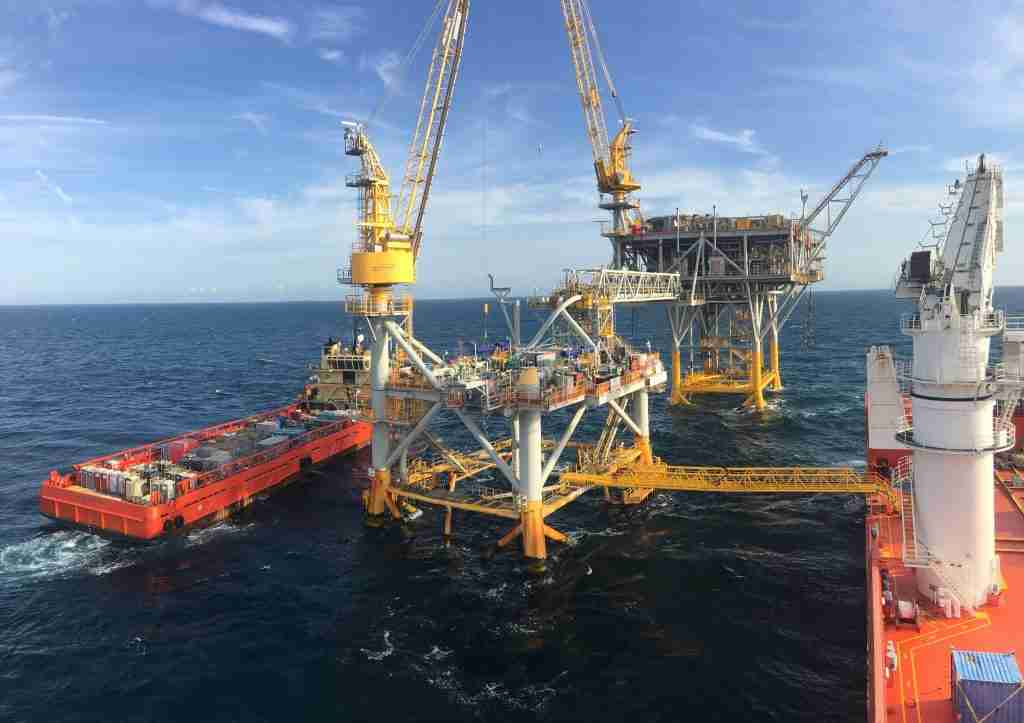
The energy and infrastructure sectors are notoriously challenging, constantly changing and posing significant risks to the people and organizations that serve them. Field workforce sometimes operate at dangerous heights, in confined spaces that contain hazardous materials, and performing hot work – tasks that involve fire or spark production such as welding and flame cutting. Performing safely and at peak in these high-risk environments is a difficult undertaking, made more daunting by industry dynamics such as changes in planned activities, personnel and space constraints, equipment delays, supply chain delays, and global health crises
Mark II credits the company’s robust HSEQ management system and their relentless focus on safety for mitigating these risks, coupled with robust processes and procedures, visible leadership, an organization-wide commitment to the process, and having reliable supplier business partners. “Our No. 1 value is safety,” he stressed, “but after that, our people have to remain fast, flexible, and friendly because of these extreme dynamics.”
As they continue their safety journey, he is adamant that the GIS HS&E management system must continually evolve in the human performance and psychological safety space. The past focus of the journey have been processes, equipment, and personal behaviors, components that have helped the company achieve world class safety statistics but operating with zero injuries is the ever-present goal.
“In the industries we service, we haven’t accepted the fact that people will make mistakes or the fact that not everyone is coming to work in tip-top mental shape to be successful. We must change that mindset!” he said. “We don’t have all the answers at this time, but we are focusing on improving in those areas to make sure we get people home in better shape than they came to us.”
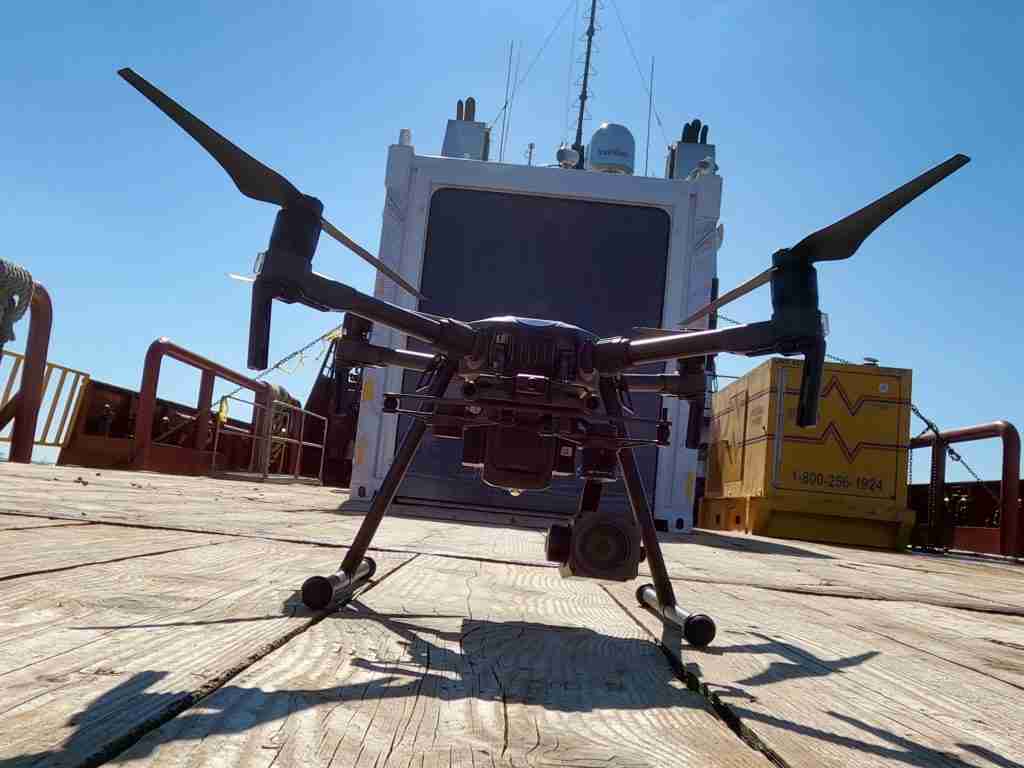
Safety and care are recurring threads tying each generation of Pregeants to the next. The company’s chief administrative officer, Brad Pregeant Sr., represents the third generation of leadership. Looking back to the days in the domestic energy industry when worker safety was secondary to profit, he recalled the pain of facing the families of those injured on the job. “It was difficult to do. The only way to fix that was to improve on safety as well as push to be a leader in the industry, and put people above profits, and above everything.”Brad emphasized the importance of persistence in keeping safety on the forefront. “We go out to our locations, and we present and we keep pushing. Even though you don't believe you're making headway, you really are.”
Mark II’s uncle Clyde, now retired, once asked himself why workers don’t show up on balance sheets. “It’s because they’re borrowed from their families, their communities, their churches, and I've been trained to return what you borrow in as good or better condition than you received it,” he said. “That's what safety is all about, taking care of those people. And the better they do, the better the company does. No question about it. It's about the people.”
Taking the Lead in Technology

“Our historic business model has always been to address all areas with additional personnel to meet schedule demands or close gaps,” Mark II said. “Now that we have evolved into a solutions provider versus a service provider, we have to continue to find safer and more efficient ways to operate, and that is through innovation and technology.” Their proactive stance on modernization supports their mission as a quality-driven partner in their niche.
GIS operates four custom fabrication facilities in Louisiana, where the piping and structural steel used in support of the industries that they service are made, giving them a significant competitive advantage. The plants employ about 350 team members and manufacture small, customized spool pipes, simple structural skid fabrication, and complex modular packages up to 1,200 tons. Part of the company’s future-proofing efforts include investing in automated welding, cutting, and coatings technology to reduce risk and improve efficiency.
As part of a joint venture with MODS, a specialized software developer based in Aberdeen, Scotland, the company is in the final stages of rolling out their 2.0 version of their already existing digital fabrication technology which will give clients real time progress tracking access to fabrication jobs, improve project controls, reduce redundant quality control checks, and achieve a truly paperless fabrication process.

In addition, the decade-plus partnership with MODS has digitized their project management processes and brought their customized web-based suite of modules to the GIS solutions portfolio. The seamless project management system provides advanced work packaging, progress tracking, fabrication tracking, materials management, completions, and joint integrity modules.
The move enables GIS to gain efficiency, provide more enhanced quality checks, reduce costs, flawlessly manage over 100,000 pieces of material, helping to deliver projects faster and below budget. “We have developers working to improve the system daily and are looking forward to our MODS Connect 2.0 roll out later this year,” he added.
Investing in best-fit technology is central to the company’s efforts to maintain the highest standards of quality and is an attractive lure to fresh talent. They are currently introducing Hololens mixed reality technology into their project management, enabling field crews and project management office-based personnel to communicate and conduct augmented reality walkthroughs. In addition to making walkthroughs more effective, AR eliminates the risk of numerous field visits and the need for travel.
Manager of the GIS Aerobotics Drone Division and fourth-gen leader Brad “BJ” Pregeant Jr. highlighted the impact of the pandemic on some of the company’s tech adoptions. Lockdowns prevented nonessential personnel from doing much of the site work, including inspections. “We had to adapt to that by doing things like scanning assets on site and providing that data to the inspector and client,” he said. “In that sense, we advanced technology by necessity, but we were already working on these solutions prior to COVID. It wasn't a super difficult transition to make; COVID just accelerated our progress.”
The division is helping to increase the productivity and accuracy of their inspection and surveying services. Over the last 24 months, the Aerobotics Drone team has been working with the FAA to for permission to undertake test flights beyond visual line of sight (BVLOS) carrying light weight cargo. In July, 2022, GIS performed a test flight for a client between two of their offshore deepwater platforms roughly 1.5 miles apart, ferrying emergency medical supplies and COVID tests to them — which was a huge success.
The two trips took less than 10 minutes and used only electric power. Without the BVLOS flight, the supply run would require a three-hour boat trip while burning diesel. GIS is currently working with the agency to get the permanent ability to do BVLOS flights. As Mark II put it, “This could revolutionize the way we deliver supplies and equipment into the offshore environment by doing it faster, cheaper, and more energy efficient. We are excited about this program and are looking forward to much more progress over the next year.”
Other technology initiatives in the works include additional automation in their fabrication facilities, upgrading their ERP system, and digitizing the safety management and quality management systems.
“I would like to maintain our core business and slowly grow it by adding complementary service lines and technology solutions while continuing our expansion and diversification into the renewables, infrastructure, and downstream markets,” he said. “This level of diversity will make our company much more resilient to the extreme market fluctuations, particularly in the traditional upstream oil and gas market.”
As the energy industry moves toward a future where renewables play a larger part than ever in its success, GIS is partnering with various clients and local governments on ESG initiatives. The program is aggressively working to reduce the company’s carbon footprint. In addition to converting their vehicle fleet into hybrid and electric technology and investing in energy-efficient welding machines and forklifts, they are upgrading their facilities with energy-saving technology, installing shore power at their shore-based facilities, and building a new LEED-certified facility in Houston. They are also in the process of developing a fully recyclable exploration and production waste facility.
“Some of these items will be completed over the next one to two years while others are a few years out, but all of these things will reduce our emissions and improve our quest for a better future,” he added.
Building for the Future, With Care
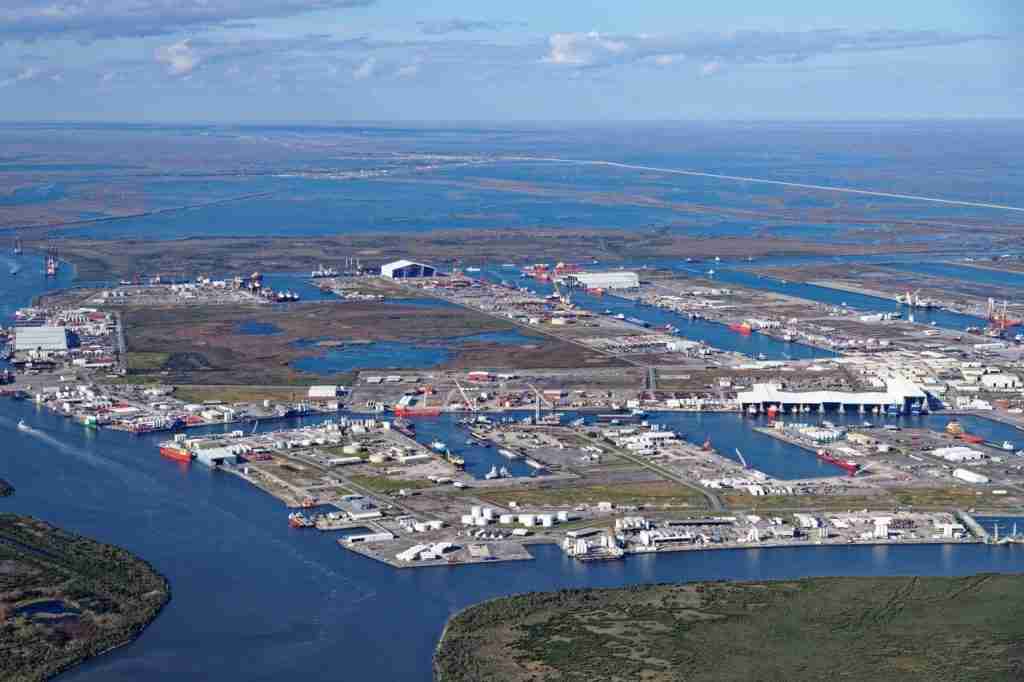
In the early years of his career, Vic LaFont (uncle to Mark II) joined GIS as a roustabout. At the time, the way in to long-term tenure with the organization was the same as it is today — the willingness to work hard and learn by doing. In his time with the company, it’s hard to find an area where he hasn’t contributed, from working the rigs to asset management and beyond. In his view, that’s the Pregeant way. “The family works hard, and they watch over our safety and look out for our futures,” he said. “If there’s an opportunity, you have the ability to climb the ladder. That’s a great thing about this company – they want you to grow with them and they want you to advance yourself.”
As Mark II sees it, to make the energy business more appealing to potential newcomers, efforts must be made to showcase the career opportunities in the sector, and providing support needed to help team members grow in technical and interpersonal skills. “We have to focus on the diversity of our workforce and improving legacy processes to assist in improving our employee experience. And we must do a better job of soliciting feedback from our team members, providing timely responses to that feedback, and taking action where needed so that they all feel that they are a part of a bigger vision.”
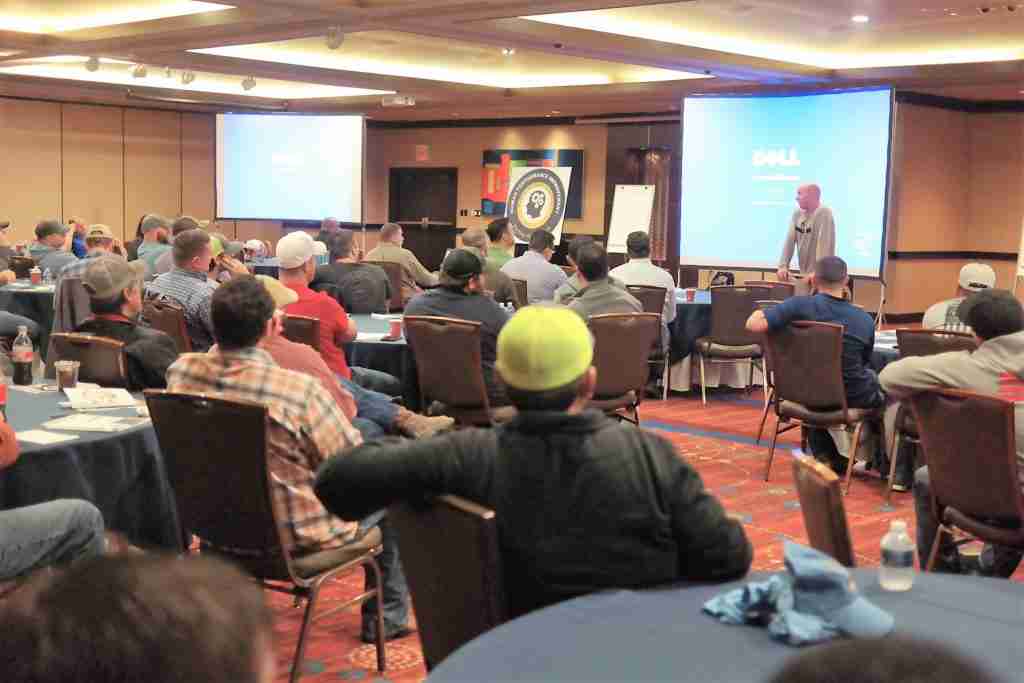
When the Pregeant family speaks of putting people first, it’s not just talk. “We do our best to ensure our employees feel valued. There is always someone down the street that can pay a little more, but if we can make people feel they aren’t just a number, we’ll have happy employees that ultimately execute safe, excellent work,” the CEO said.
The company’s employee outreach initiatives include perception surveys, a CEO outreach program, visible leadership visits, equity teams, employee anniversary recognitions, and others. The company recently created a position for an employee engagement director to maintain the integrity of these programs while continuing to improve the overall employee experience. “I truly feel that communicating to our team members on where we are heading, listening to their feedback, and putting some of their solutions into action will keep our employees happy and around for a long time,” he said.
“At the end of the day, you can see that still the most important thing for us today and in the future will be to recruit, retain, and develop the best people while making sure they have the best experience possible being part of our family.”
Mark II sums up his vision for tomorrow’s GIS this way: “Time is the greatest gift we can give someone because we only have a finite amount of it that we can’t take back once given. If you do that and also communicate early and often – especially if it isn’t good news – you will have many more successes than failures. And that is a culture that is embedded here at GIS. We have peaks and valleys like any company, but staying true to this model over the last 75 years has gotten us to where we are today. And we have 75 years’ worth of people and relationships to thank for that.”
Established in 1948 in Grand Isle, LA, GIS began as a modest company serving the commercial fishing industry. It quickly evolved, entering into the emerging Oil & Gas Industry in the Gulf of Mexico. Today, GIS services the oil and gas, power, renewables and critical infrastructure industries nationally and internationally. With nearly 3,000 employees, 21 strategically located facilities, and 20 service lines, GIS has the resources to span the complete life cycle of our customers' projects, and the capability to provide solutions in all of the markets we service. We align our services with operations from the development stage of major projects, through construction, commissioning, and ultimately decommissioning.
Corporate Office
18838 Hwy. 3235
Galliano, LA 70354
Phone Number: 985.475.5238
Fax Number: 985.475.7014
Homepage Link: http://www.gisy.com
Facebook: https://www.facebook.com/grandisleshipyard/
Instagram: https://www.instagram.com/gisllc1948/
LinkedIn: https://www.linkedin.com/company/grand-isle-shipyard/
